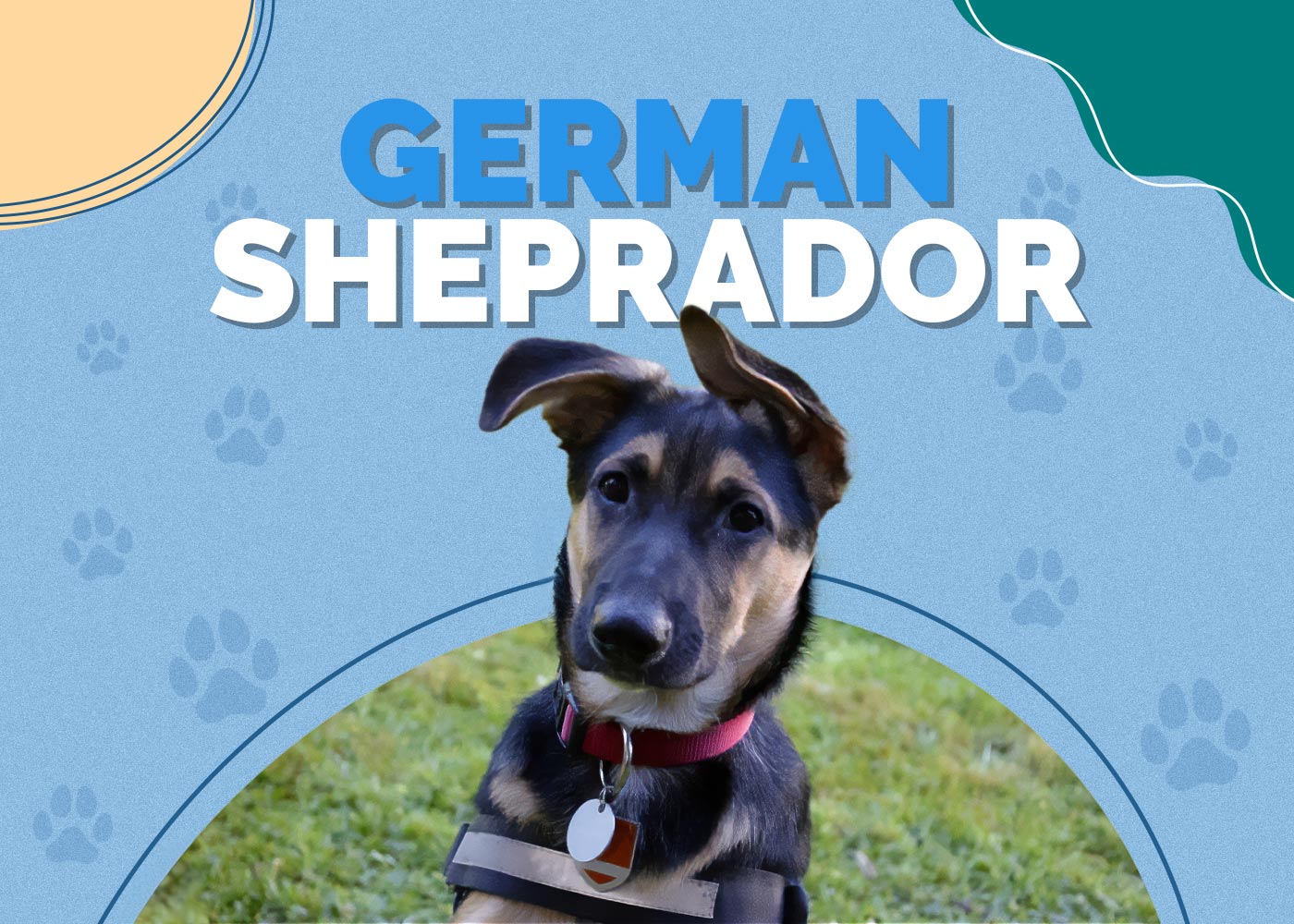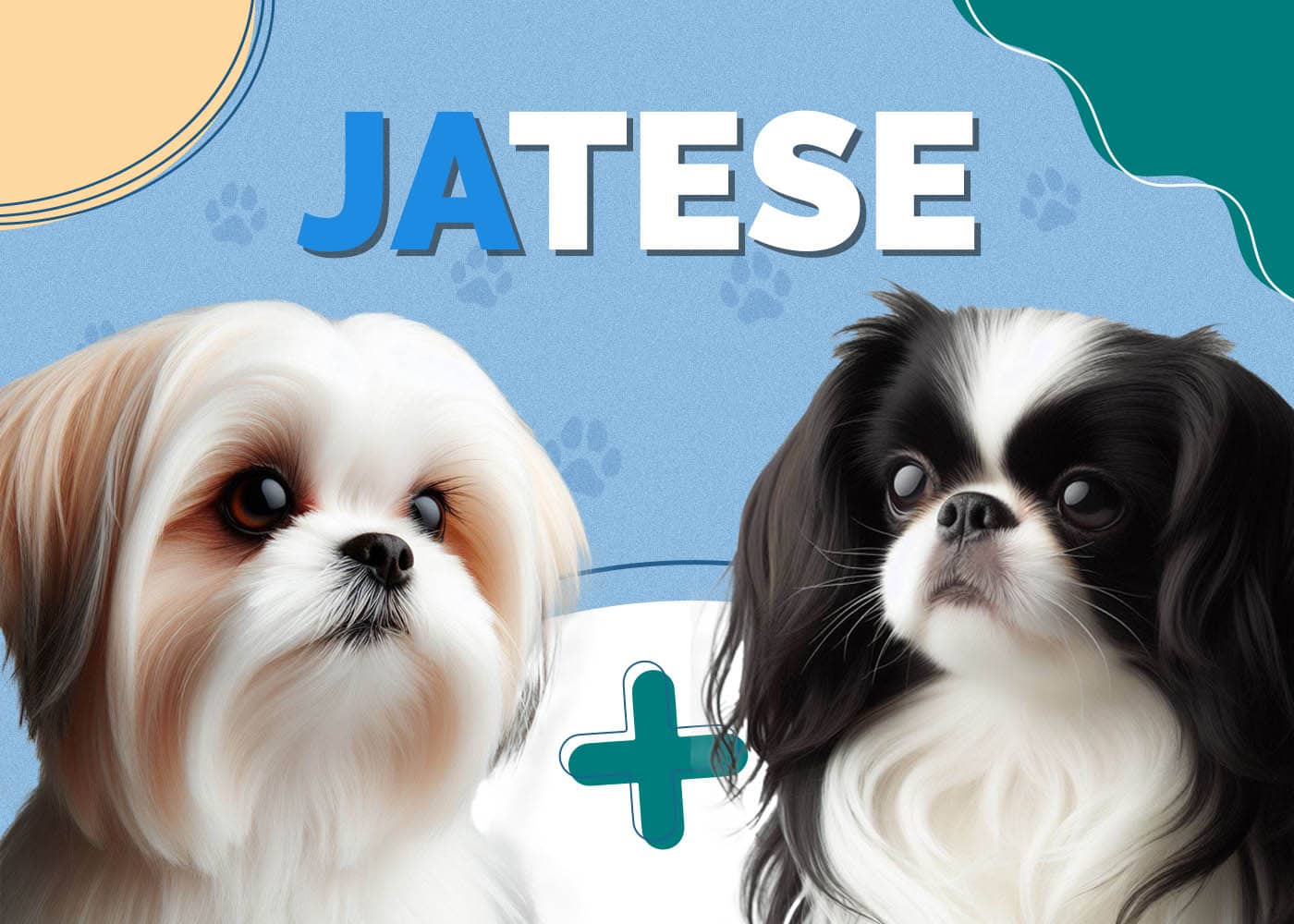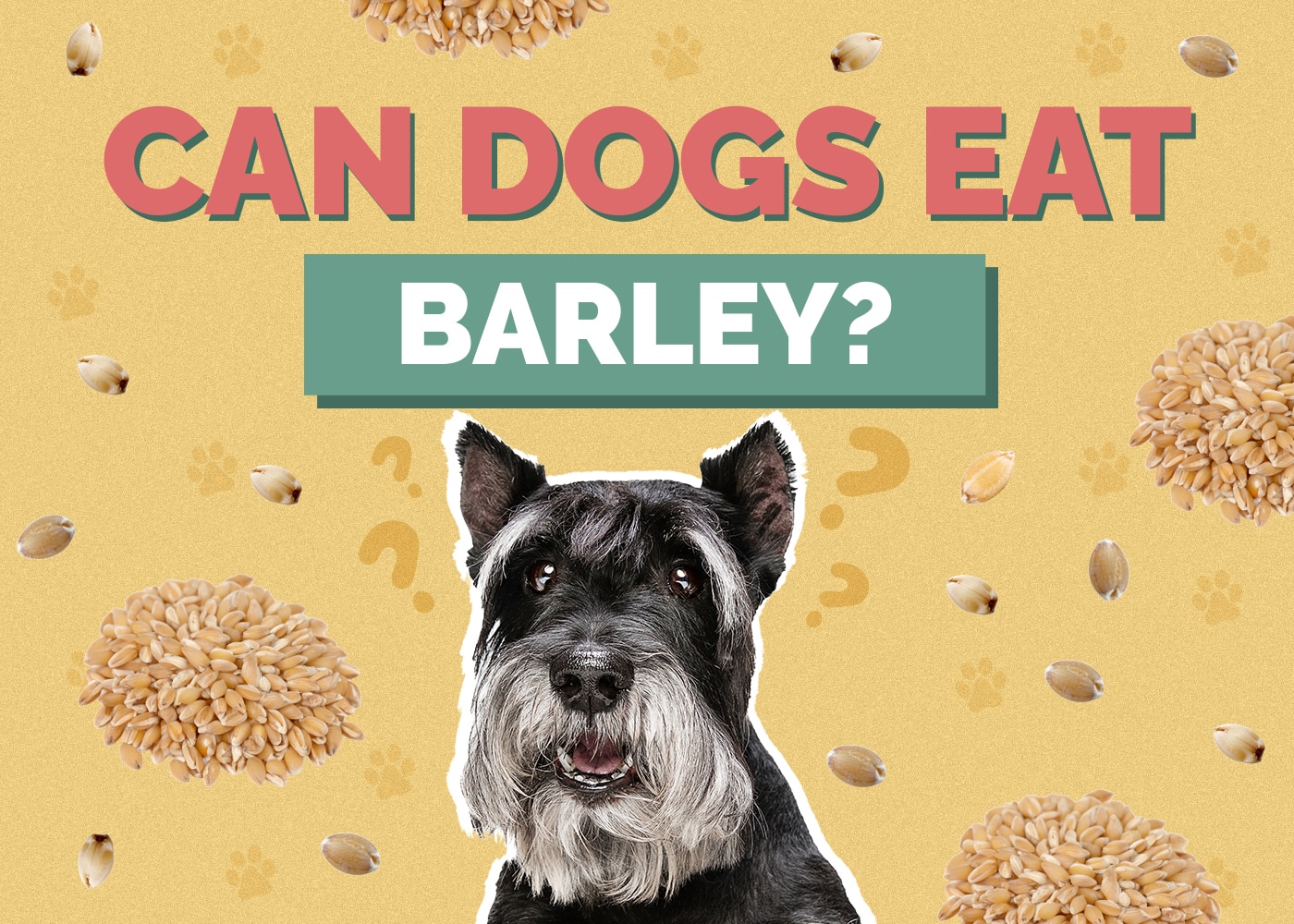Irish Doodle (Poodle & Irish Setter Mix): Info, Pictures, Traits

Updated on
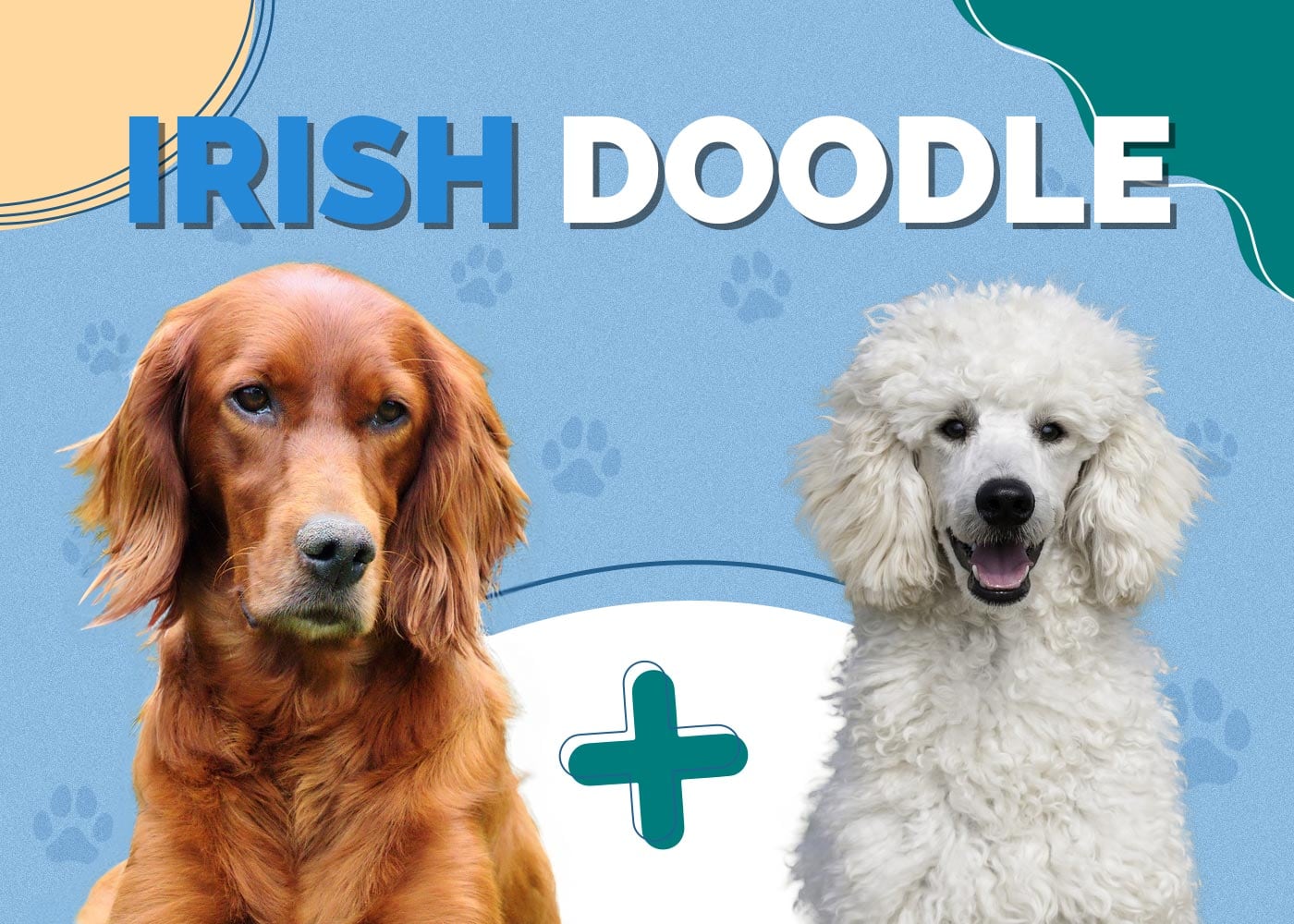
| Height: | 15–28 inches |
| Weight: | 40–75 pounds |
| Lifespan: | 10–15 years |
| Colors: | Black, apricot, brown, cream, silver, blue, red, some with white markings |
| Suitable for: | Singles, families, house dwellers |
| Temperament: | Friendly, loyal, moderately active, easily trainable |
The Irish Doodle is a result of breeding the ever-popular Poodle with the ever-impressive Irish Setter. The smarts of the Poodle mixed with the sporting instincts of the Setter make for a fun and interactive companion in the Irish Doodle. The Irish Doodle loves exercising outdoors, but they enjoy spending time indoors with their human companions just as much.
The Irish Doodle is boisterous and seems to take joy in everything they do. They love getting attention and are eager to please, so they tend to take well to training efforts. While playful, Irish Doodles have a mischievous side. Since they aren’t territorial and don’t bark much, Irish Doodles don’t make good guard dogs. However, their quietness makes keeping neighbors happy an easy task.
Irish Doodles get along wonderfully with other dogs of all sizes and children of all ages. They can adapt to new situations easily, which makes them great companions. They also make great service and therapy animals. While they shed less than other breeds, Irish Doodles must be groomed regularly to keep their coats in good shape and your home from looking like a shedding station.
Irish Doodle Puppies
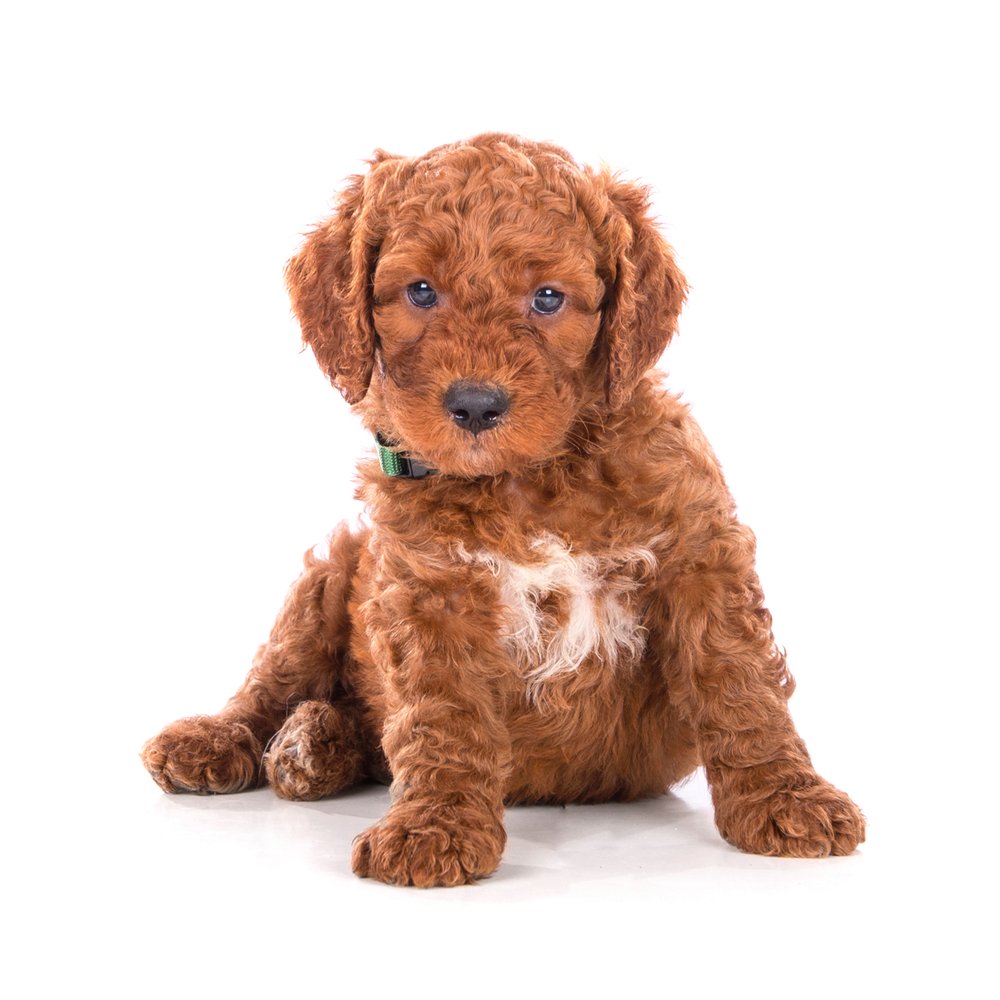
Irish Doodle puppy prices vary depending on a wide variety of circumstances, such as where and how the puppies are bred, the color of the pups, and how well they are cared for. Vaccinations, lineage papers, and included accessories are also considered when pricing Irish Doodle pups. In general, Irish Doodles are an expensive breed and are more expensive than other hybrids.
Lesser quality breeders may charge a lower price than others, but that could mean a low quality of care that results in health issues as time goes on. Because of this, it’s important to take the time to tour the facilities, if possible, when adopting a new puppy. It’s also vital to thoroughly inspect the health documentation and lineage papers before making any commitments
3 Little-Known Facts About the Irish Doodle
1. They’re of an Unknown Origin
Although we know which dog breeds were used to create the Irish Doodle, we don’t know much about where they originated. So, organizations such as the American Kennel Club don’t recognize the Irish Doodle as an official breed. But this doesn’t make the Irish Doodle any less of a dog worthy of human companionship.
2. They’re a Bit Unpredictable
Because Irish Setters are bred from two breeds, their offspring can be a bit unpredictable. Your Irish Doodle pup may be even-tempered and good-willed or a bit mischievous and unruly. Therefore, training should be a priority before your Irish Setter pup grows into an adult.
3. They Have Lots of Nicknames
Owners of this loving breed enjoy coming up with unique nick names for the Irish Doodle. You may also hear this breed referred to as the Irish Poo Setter, the Irish Setter Doodle, the Irish Doodle Setter, or even the Irish Setterpoo. New names are invented regularly, so expect this list of nicknames to grow as time goes on.

Temperament & Intelligence of Irish Doodles 🧠
The Irish Doodle inherited the intelligence of the Poodle, and they’re smart enough to take on everything from obedience and agility training to retrieving exercises and social engagements. Irish Poodles can sit and stay on command and learn how to retrieve your morning newspaper after some poignant training.
Because Irish Doodles love to learn, they require lots of stimulation throughout the day. Don’t expect the dog to lay around on the couch all day long while you’re at work. Irish Doodles need training toys to engage them when they are alone, but they won’t meet their learning needs altogether.
You will need to put aside time for daily training and practice in addition to regular walks. If you can’t be there all the time, we suggest finding a doggy sitter or daycare center to keep your Irish Setter company while you’re away.
The Irish Doodle is excellent with children and can put up with little ones climbing all over them. After plenty of exercise, an Irish Doodle will do well in a family setting. Expect your Irish Doodle to snuggle up with the kids at bedtime, but be ready for a long walk first thing in the morning.
The Irish Doodle also gets along well with other dogs, so they do well at dog parks and in multi-dog homes. They need a yard to run and play in, which means that apartment living isn’t ideal unless the community is dog-centric and offers outdoor space to utilize freely.
Are These Dogs Good for Families? 🏡
Whether you have no kids or a dozen of them, you can count on an Irish Doodle to fit in with your family dynamic perfectly. The only exception is if you live alone and you don’t lead an active lifestyle. Irish Doodles thrive on the active nature of a busy family dynamic.
So, if you watch a lot of television or host indoor dinner parties instead of adventuring outside or hanging out in the yard, an Irish Doodle will yearn for action and may start to exhibit behaviors that are undesirable to you.
Irish Doodles like being spoken to, pet, cuddled, and played with consistently. An Irish Doodle needs at least 90 minutes of exercise daily, which is something kids can be a big part of. Helping to train and care for an Irish Doodle can teach kids compassion and responsibility, too.
Does This Breed Get Along with Other Pets? 🐶 😽
The Irish Doodle exhibits some characteristics of retrieving, just like their Poodle parent. They also inhibit hunting characteristics like their Irish Setter parents. So, while Irish Doodles are good with other dogs, they should be supervised when interacting with other pets and animals.
If an Irish Doodle becomes anxious or bored due to inactivity, they could turn that energy into aggression and revert to their hunting and retrieving instincts. This is bad news for pets that might be considered prey, such as birds, mice, and cats.
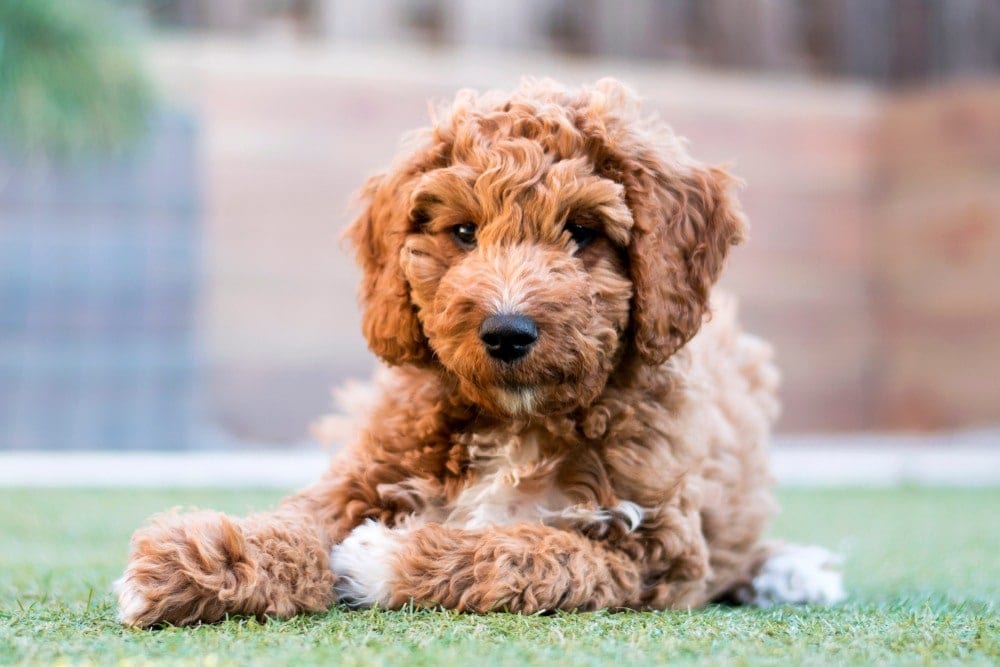
Things to Know When Owning an Irish Doodle:
Food & Diet Requirements 🦴
Irish Doodles require high-quality food to fuel their active lifestyle and keep them healthy as they age. Dry and wet food is acceptable, as is a combination of the two. Look for a brand that’s made of whole, natural ingredients free of by-products when possible. Once a quality dog food has been chosen, it’s a good idea to continue feeding the same type of food to minimize the risk of digestive issues.
Just because Irish Doodles are active doesn’t mean they should be offered a never-ending bowl of chow throughout the day. An open feeding plan could lead to obesity and all the health problems that come along with it as age progresses and activity levels decline. It’s recommended that an adult Irish Doodle is fed anywhere from 2 to 3 cups of dry food each day, depending on their activity level.
This amount should be separated into two or three meals each day. Otherwise, a growling belly and a penchant for begging may become a daily occurrence. Multiple daily feedings will also help ensure that an Irish Doodle is properly fueled as they release their energy throughout the day.
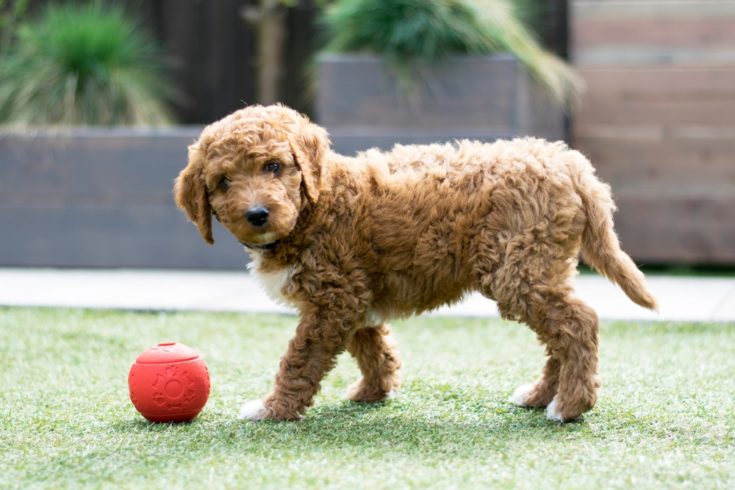
Exercise 🐕
Irish Doodles come from a line of working dogs, and as previously noted, they have a lot of energy to burn every day. Daily walks and training sessions are a must to keep this breed content when they’re hanging out inside.
Plenty of toys and stimulating activities should be taking place inside the home. Owners of this unique breed should expect to spend a couple hours a day playing with and exercising their dogs.
Training 🦮
While Irish Doodles are easily trainable, it takes commitment to train them properly. Owners can expect to spend time daily on training tasks, even after their Irish Doodles have learned specific tricks and commands. If an Irish Doodle doesn’t practice their training, they will forget it in time and could become hard to manage, especially in social settings.
We recommend working with a professional dog trainer who has experience with Irish Doodles. The trainer will establish basic training measures and then provide techniques that can be used at home to maintain and enhance the obedience and skills the dog learns.
Grooming ✂️
Irish Doodles have long, thick hair that’s naturally wavy, if not downright curly. They don’t shed much, but owners should expect to vacuum regularly to keep hair from building up inside the home.
They require daily brushing or combing to maintain a soft and tangle-free coat. Ear hair gets long quickly, so the ear hair should be washed and trimmed regularly to prevent dirt buildup within the ear canal. Daily activity should take care of an Irish Doodle’s nails, but the nails should be clipped occasionally if they start to get long and pointy.
- You might want to check this out: 11 Best Dog Wipes: Reviews & Top Picks
Health and Conditions ❤️
The Irish Doodle is generally healthy, but there are some health conditions that prospective owners should be aware of before bringing a new pup home for the first time.
- Skin Disorders
- Alopecia
- Epilepsy
- Addison’s Disease
- Osteosarcoma
- Bloating
- Hip Dysplasia
- Eye Disorders
Male vs Female
While male Irish Doodles may be a bit bigger and more rambunctious than females, the truth is that both sexes carry the same traits as their parents and ancestors. Some traits are built into their DNA, while others are learned. Every Irish Doodle is different, whether male or female.
Of course, prospective names could come into play when deciding whether to adopt a male or female Irish Doodle. No matter which sex is adopted, owners should always consider spaying or neutering their Irish Doodles to prevent aggressive behavior as they age.
Final Thoughts:
Irish Doodles are for anyone who enjoys an active lifestyle and who wants a loyal companion to spend their time with. They can teach humans a thing or two about maintaining a fun-loving attitude. While lots of love, attention, and training are required, owners are sure to reap many rewards along the way.
If you’re considering adopting an Irish Doodle, spend some time thinking about your lifestyle and the needs of the Irish Doodle. Are you compatible? If so, it’s worth a trip to a breeder or adoption agency. If not, consider looking for another breed to adopt that can better accommodate your lifestyle.
Related Read:
- Irish Red and White Setter Breed Info, Pictures & Facts
- Golden Irish (Irish Setter & Golden Retriever Mix): Info, Pictures, Facts
Featured Image Credit: Joca de Jong, Shutterstock




